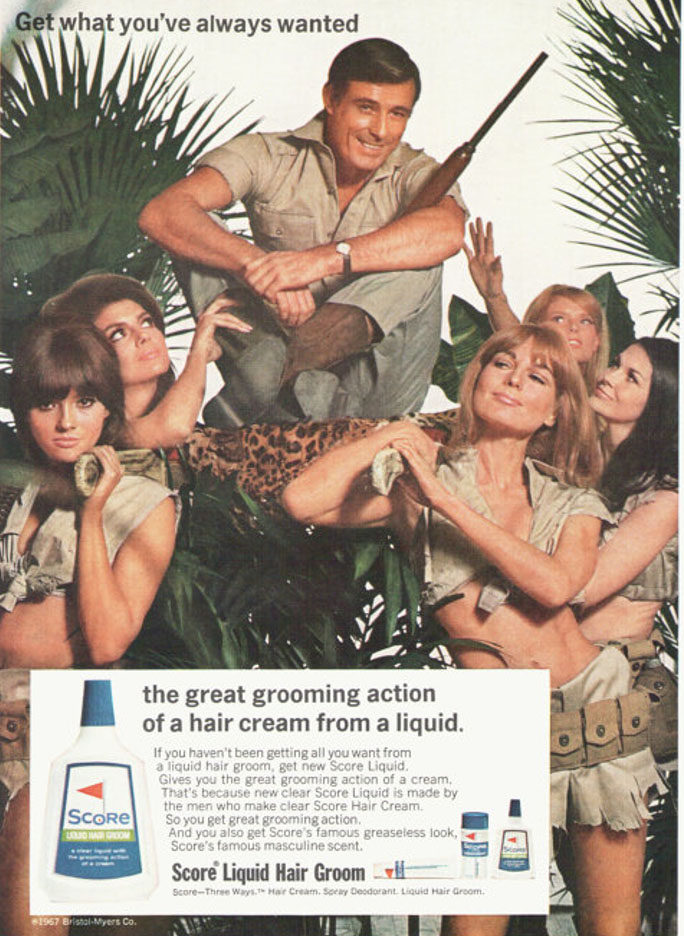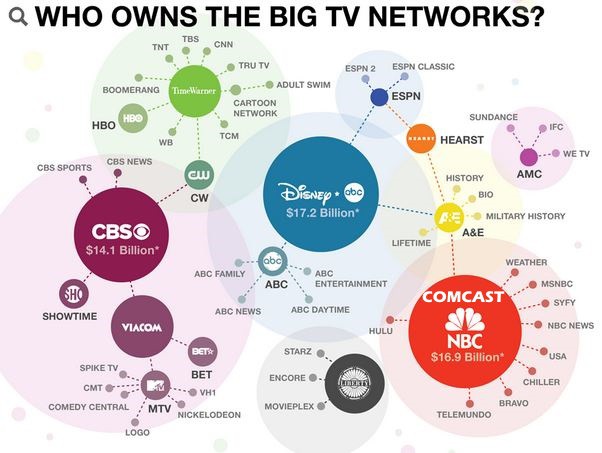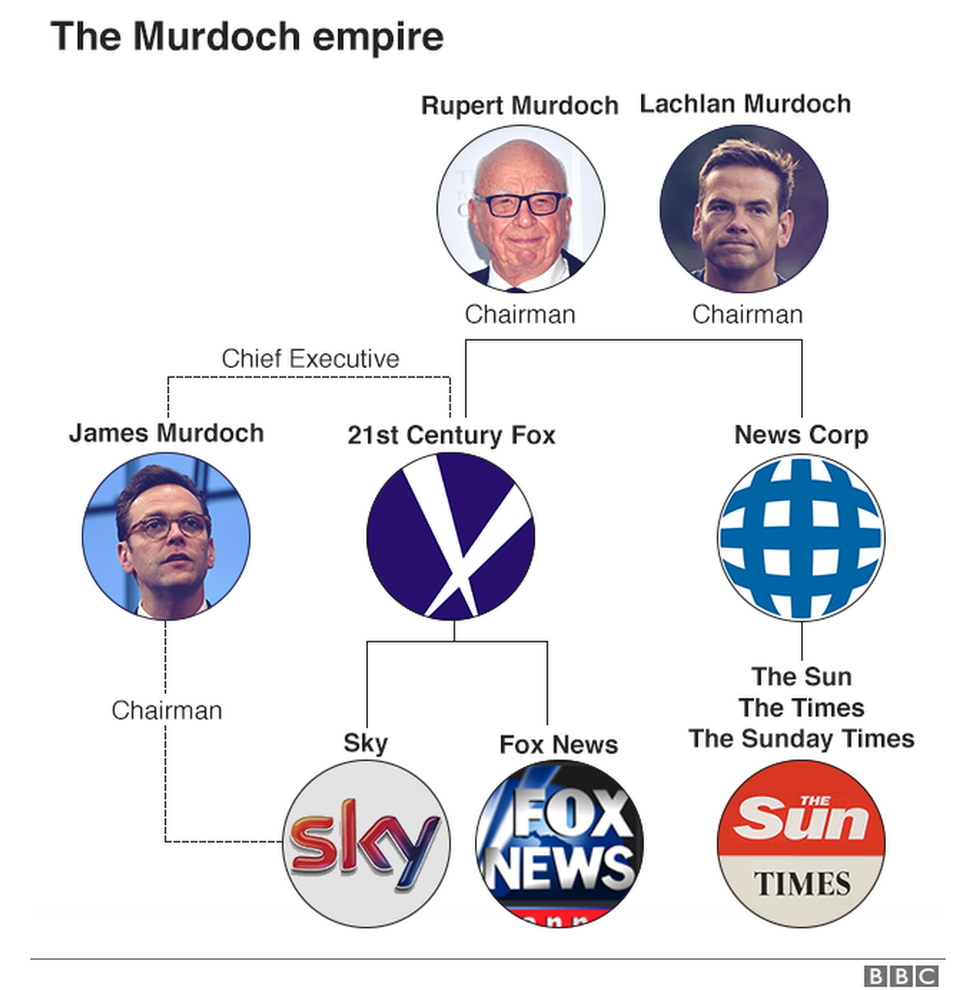Media products often challenge the social and cultural context in which they are created.
To what extent does an analysis of the close study products Ghost Town and Letter To The Free support this view?(25 marks)
In the book “Fake news vs media studies” by j.mcdougall, quoted by N.fenton almost paraphrasing the first statement in the question, she stated: “I’ve always said you can’t understand the world without the media nor the media without the world”. This quote further implies why media products have such a key role in the world today and how they can easily challenge the world’s dominant ideologies but still shapes and enforce societies views all together. To the point where one can’t work without the other. Postcolonialism heavily affects how we the audience can interpret the media. The previous quote was from 2019 and is possibly even more relevant now, in 2020. With the current events happening in the news/media today with the BlackLivesMatter hashtag, raising awareness, of the worlds upset, at the law enforcement, and higher power allowing racism to still happen in this day and age. Following the line of postcolonialism, theories such as Jacques Lacan, with his theory on “ the other”. Or Edward Said, and views on orientalism, or Louis Althusser with his notes on ISA’s & the notion of ‘Interpellation”. As well as Antonio Gramsci and his theory on Hegemony. All have strong connection’s and examples relating with the case studies, “Letter To The free” and “ghost town”.
The way these case studies link is by their similar narratives for both of their songs. As their ideologies are more on the radical side, challenging the dominant ideology on social issues of their time. With “Letter To The Free” speaking out about racism, and the division it’s caused in America in 2020. Together with “Ghost Town” speaking out their frustrations of the unemployment and division in the uk at the time.
In addition it’s clear to see that the two case studies have ideas pointing towards postcolonialism theorist Paul Gilroy & WEB du Bois. As WEB du bois first explained the term, and idea of an audience having a “double consciousness”. With Paul Gilroy using the term, and concept again, in his book “The Black Atlantic” . With Double consciousness defining itself as the internal conflict experienced by subordinated or colonized groups in an oppressive society. We can see this in “letter to the free” with the subject matter being racism against the black community in America.
You can also link the theory of double consciousness to ghost town as the song is expressing the frustration of the uk with the government and the rise in unemployment that caused a lot of anger throughout the country.
By understanding the concept of postcolonialism, we can learn to understand the theories of “The Other” and “Orientalism”, by Jacques Lacan, and Edward said. To understand this term Jacques Lacan explains using his exploration of the mirror stage of child development, whereby, as we cannot actually see ourselves as whole, we use a reflection to understand who we are / who we are not. Lacan elaborated that in infancy this first recognition occurs when we see ourselves in a mirror. Applying that theory to culture, communications and media studies, it is possible to see why we are so obsessed with reading magazines, listening to music, watching films, videos and television because, essentially, we are exploring ‘The Other’ as a way of exploring ourselves.
To link this to postcolonialism would be to suggest that the West uses the East / the Orient / the ‘Other’, to identify and construct itself. How it sees itself as the ‘West’, in other words, it acts as The Other, a mirror by which a reflection of the self can be measured out and examined. When minorities or people of colour look at the media, they don’t see themselves from the lack of positive representation, giving the presence of lost identity from the desperate miss of representation.
Following the line of “the other” we can examine the theory of “Orientalism” by Edward Said, and how it challenges the social and cultural context of the easter world. The Link between culture, imperial power & colonialism, Said phrased it as; “it’s the power to narrate, or to block other narratives from forming or emerging”.”In this view, the outlying regions of the world have no life, history or culture to speak of, no independence or integrity worth representing without the West.”(Said, 1993: xxi). Orientalism (1978) alongside Culture and Imperialism (1993). I chose those two texts, specifically because I think they best explain what Orentialism is, and can give the direct link with Common’s music video.
Beginning with Commons “Letter to the free”, and his topic of racism we can see that his music video is challenging the media with this radical form of media, by going against the dominant ideologies or the western ideologies of narrative, and representation. His music video is shining a light on how America is not addressing its racist views to its citizens and is still allowing racism to fly past the radar with little to no consequence. This is clear to see in the media today with the black lives matter movement and the injustice that thousands of black americans face and who are stereotyped. And the even more distressing reply to some of the protests addressing the issue, is with police brutality being their answer to try control the situation. Instead of admitting their mistakes and changing for the better, they retaliate, and attempt to silence the voice of equality, that every person whether coloured or not, should have from day one. its human decency. Relating it back to the music video Common addresses racism with a more specific point on imprisonment of black Americans, as the song was written for a netflix documentary “Amendment 13th”. Elaborating and exposing the government’s prison system. And how racism has evolved from that Amendment, from the constitution stating: “Neither slavery nor involuntary servitude, except as a punishment for crime whereof the party shall have been duly convicted, shall exist within the United States”.
Furthermore French philosopher Louis Althusser talks about the Ideological state apparatus (ISA), a concept developed by Algerian Born, which is used to describe the way society structures itself to a line with its ideologies of identity, and right and wrong. Althusser quotes “ ‘Ideology ‘acts’ or ‘functions’ in such a way to ‘recruit’ subjects among individuals… through the very precise operation that we call interpellation or hailing.” Which in other words means, the way in which a subjects identity is formed, more often than not, corresponds to the dominant ideology. Because we are socially conformed and ‘despite its diversity and contradictions of society’s ideologies stays as the ruling ideology, which is the ideology of ‘the ruling class’ examples being the government and people of power.
This correlates with the music video Ghost Town as Althusser talks about forced upon views of what is deemed as acceptable for self identity, and the power that the ruling class have, such as the government. The song is specifically about the frustration of the division caused by the government in the uk at the time when unemployment rates were record high. The song was commenting about the division around the country and which social ideologies can create the same division, because it sets rules that most people don’t identify. Whilst making self identity hard to figure out because society is in a sense labeling you.
in conclusion i think Letter to the Free and Ghost town both challenge world ideologies with their more radical views on it. I personally think the media does challenge the worlds view but it often creates the worlds ideologies to benefit the people in power. So, To keep those in charge happy, the world relays on the media to help with social cunstruction of people of powers ideologies, so to quote by N. Fenton
“I’ve always said you can’t understand the world without the media northe media without the world”.
we can’t understand how, and why they do it without looking at the medium they do it in.







